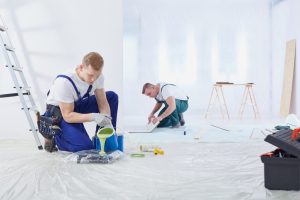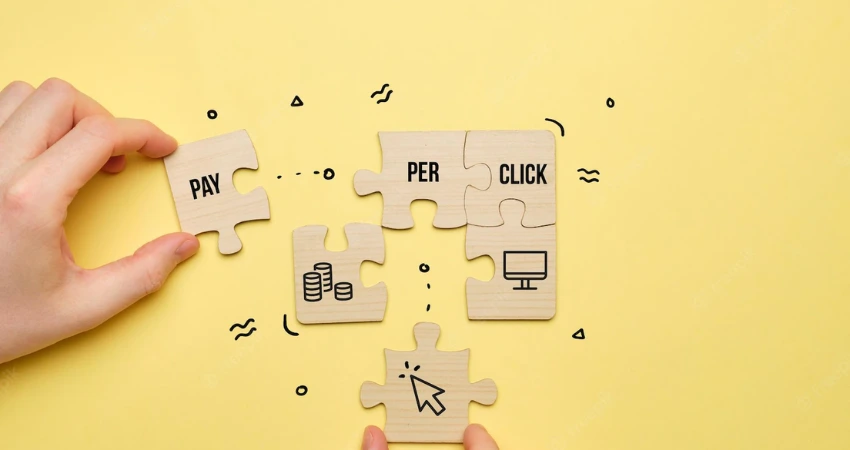Flooding can be the most devastating and expensive natural disaster in America.
HomeAdvisor estimates that homeowners will spend anywhere from $1.046 to $4.059 to repair flood damage.
Tips for Preventing Flood Damage
Flood damage cleanup can be complicated.
These are water damage tips that experts recommend:
Flood Water Damage Cleaning: Steps to Take
Cleanup is the first step in flood restoration in auckland.
- Safety should be your first priority. Floodwater may contain sewage or other contaminants that can cause health problems.
- Before you start, be prepared. Be prepared before you start.
- Remove any water standing on the surface with pumps or a skimmer.
- Any contaminated or soaked material must be removed.
- Take down any furniture that can be removed to make flooding cleanup more efficient.
- Next, clean your floors and walls.
Floodwater must be removed within 24 hour. Flood remediation professionals may need to be hired if there is severe flood damage.
Disconnect electricity and unplug electronics
Turn off your power supply before you start the cleanup.
These safety tips are designed to ensure your safety.
- Most flooded electrical appliances are now destroyed after the water has been removed. A licensed electrician should be able to turn them on or reconnect them to the power source.
- Unplug all electronic devices. Avoid touching electrical equipment while wet or standing on wet surfaces.
- Inspect your entire electrical system, from the panels to the wires, before you turn on your power supply.
- If your electrician has not disconnected your electrical meter, you should not enter your flood-damaged basement. This is the only way to disconnect your house from the grid.
- There are many electrical fixtures that need to be replaced. A licensed HVAC contractor can help you determine if your cooling/heating system still has some life.
Flood Water
Floodwater can be removed in many different ways. Floodwater can be contaminated.
A shop-vac will make your life easier. Inspect the corners of your home for water, moisture or other hidden hazards.
Dry The Affected Area
Once the flood water has been removed and all areas affected have been cleaned up, it’s time to dry them. To avoid moisture-related issues like mold or rotting in your house,
These steps will dry the affected areas:
- Let air circulate through your home by opening all windows and doors.
- Dry furniture and other furnishings that have been damaged by water.
- Rent or buy high-powered blowers and fans to speed drying. Use a portable humidifier to remove water vapor from indoor air.
- Look for a dry/wet vacuum that is rated for wet conditions. These are great for drying carpets, rugs, curtains and other fabrics.
- These are products that help remove moisture from your home. Dry them in containers or closets.
Prevent Mold Growth
Mold buildup can be a result of flooding. Mold can cause serious health problems in your family.
There are important steps you can take to prevent mold growth during flood restoration.
- If it is not humid, open windows and doors. Dry the affected areas quickly to prevent mold damage.
- Clean wet surfaces by removing porous or absorbent materials. Dry all living spaces.
- If you notice signs of mold, you should have it removed immediately. Professional mold cleaning services are better.
- Fans and dehumidifiers can be installed inside your home.
- Watch out for water leaks. Fix them before mold can grow.
Conclusion
Flooding can be a serious problem for homeowners. There are many things you can do to reduce the damage.
Cleanup is the first step in flood restoration.









